Wilmslow, Bank Square Gardens c.1955
Photo ref:
W103007


More about this scene
Once referred to as 'the largest village in England', Wilmslow also became an industrial centre in the 18th century. It was famous for the production of button moulding, although, as in so many towns in the area, cotton was also produced here. The bank (centre) that presumably gave the Square its name still survives, although most of the building has been converted into a pub.
Add to Album
You must be signed in to save to an album
Sign inShare This Photo
Buy a Print
Unframed, Mounted, Framed and Canvas prints in a range of sizes and styles.

View Sizes & Prices
A Selection of Memories from Wilmslow
For many years now, we've been inviting visitors to our website to add their own memories to share their experiences of life as it was, prompted by the photographs in our archive. Here are some from Wilmslow
Sparked a Memory for you?
If this has sparked a memory, why not share it here?


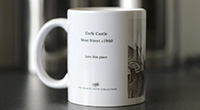
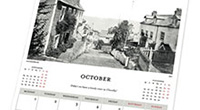
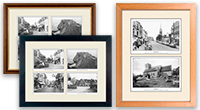

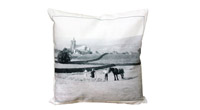





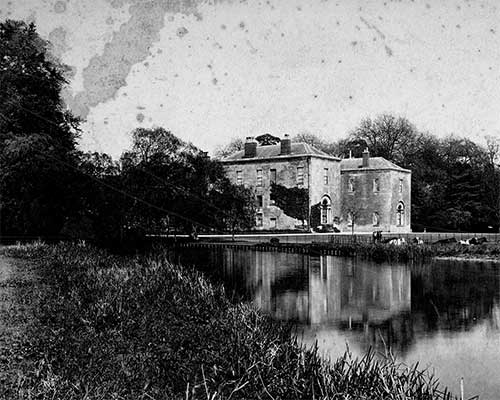 Before
Before
 After
After